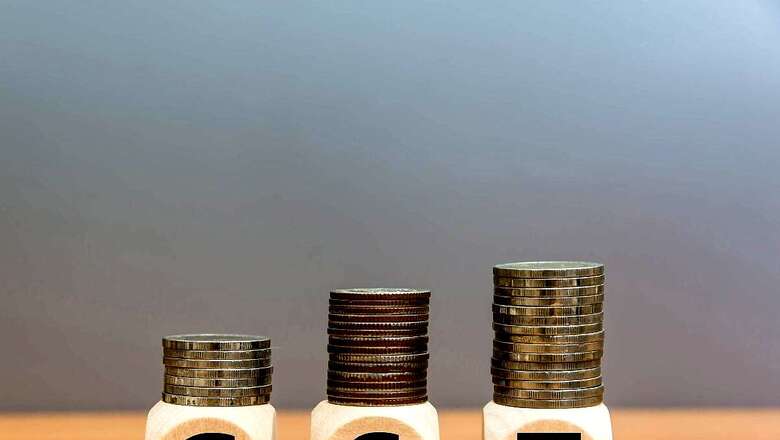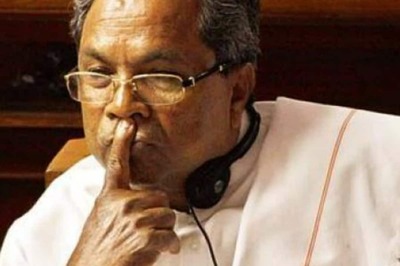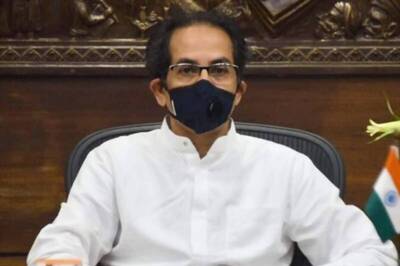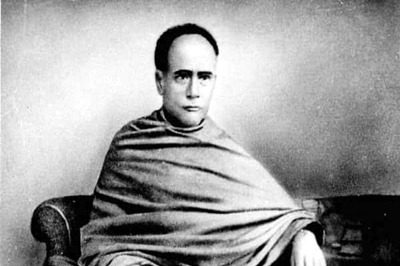
views
CBIC is working on biometric authentication of risky entities under GST as it looks to crack down on fraudsters who are misusing the PAN and Aadhaar of other people to obtain GST registration, CBIC chief Vivek Johri said.
Johri further said that the tax authorities are also discussing some more tightening in the GST return filing system to limit the scope of claiming Input Tax Credit (ITC), when taxes have not been paid by suppliers in the supply chain.
The biometric authentication of authorised representatives or directors or partners of a company will be made for new registration applications and existing businesses registered under Goods and Services Tax (GST) if tax officers have a suspicion that the entities are being set up only to fraudulently claim ITC.
Also Read: Gross GST Collection In June 2023 Jumps 12% YoY To Rs 1.61 Lakh Crore; Check Details
Also, geo-tagging of all entities is being planned by the officers of the Central Board of Indirect Taxes and Customs (CBIC) to authenticate that the address provided during GST registration is the place from where the entity operates, Johri told reporters.
A pilot on biometric authentication and geo-tagging is already underway in a couple of states, and depending on the results and evaluation of digital infrastructure requirements, the project will be launched pan India.
“We are trying to see how we can tighten the system further…We have been using OTP-based authentication earlier. Now, we are going to go in for biometric authentication also. Which would mean that in suspicious cases, persons will be asked to go to an Aadhaar centre to have their biometrics verified,” Johri said.
The CBIC chief further said that during the ongoing drive against fake registration, GST officers have identified around 12,500 bogus entities, which were used to claim fake ITC and defraud the exchequer.
Johri said there are certain locations where fake entities are rampant, like Delhi, Haryana, and Rajasthan.
Certain parts of Gujarat, Noida, Kolkata, Assam, Telangana, Tamil Nadu and Maharashtra also have fake businesses with GST registration.
Sectors, in which fake entities are, include metal or plastic scrap and waste paper.
“We are also finding that it is being generated for services. So, manpower services and advertising services have instances of fake billing,” Johri added.
With regard to controlling fake ITC claims, Johri said the tax authorities have tightened the system but there is still some latitude for taxpayers to edit how much ITC they will be able to claim in GSTR-2A.
That is there because concerns were raised by trade the supplier doesn’t upload invoices on time, and there are some invoices for which they have already made the payment, but they are not able to take credit because they are not uploaded, he added.
“We have allowed some editing facilities. We will see how we can tighten that so that the scope for passing certain ITC is reduced,” Johri added.
The GST Council, comprising finance ministers of the Centre and states, has already taken a number of steps, including the sequential filing of monthly returns, to curb fake ITC in the system.


















Comments
0 comment